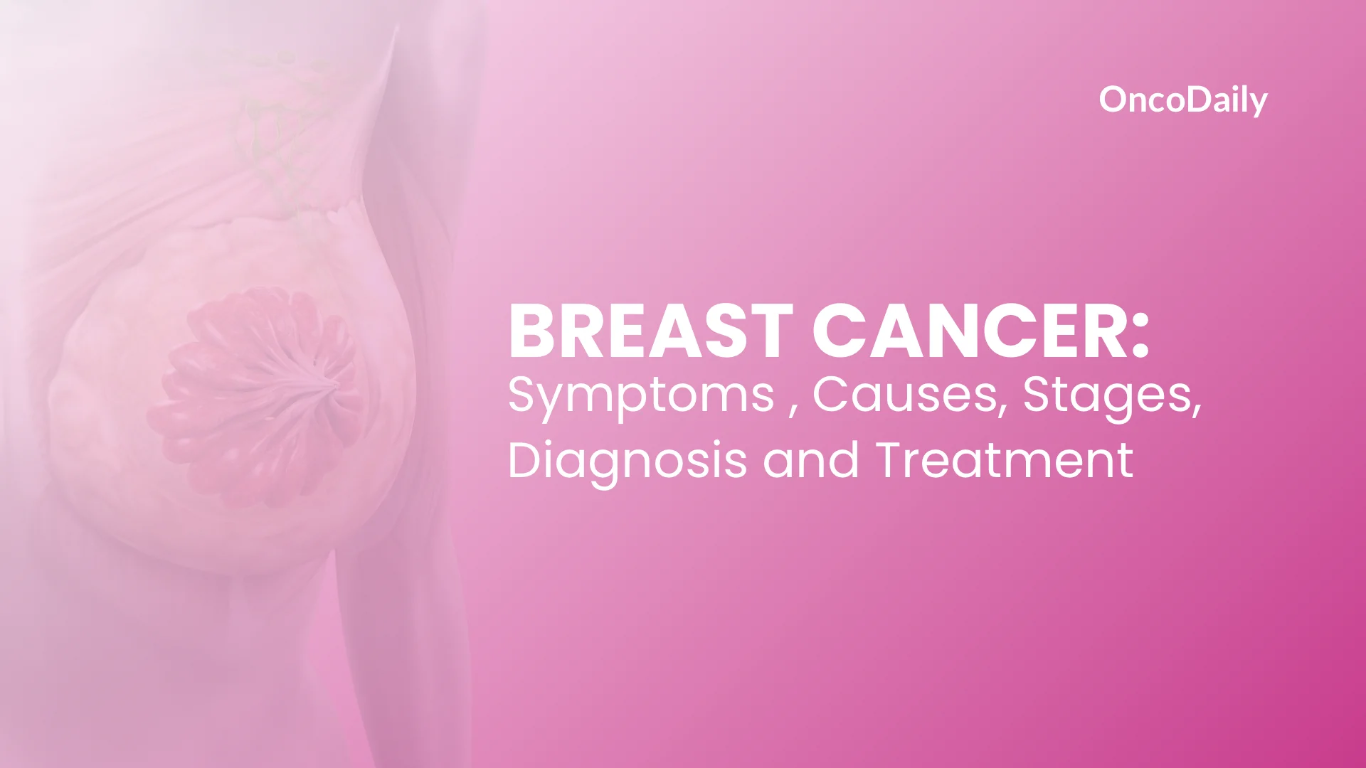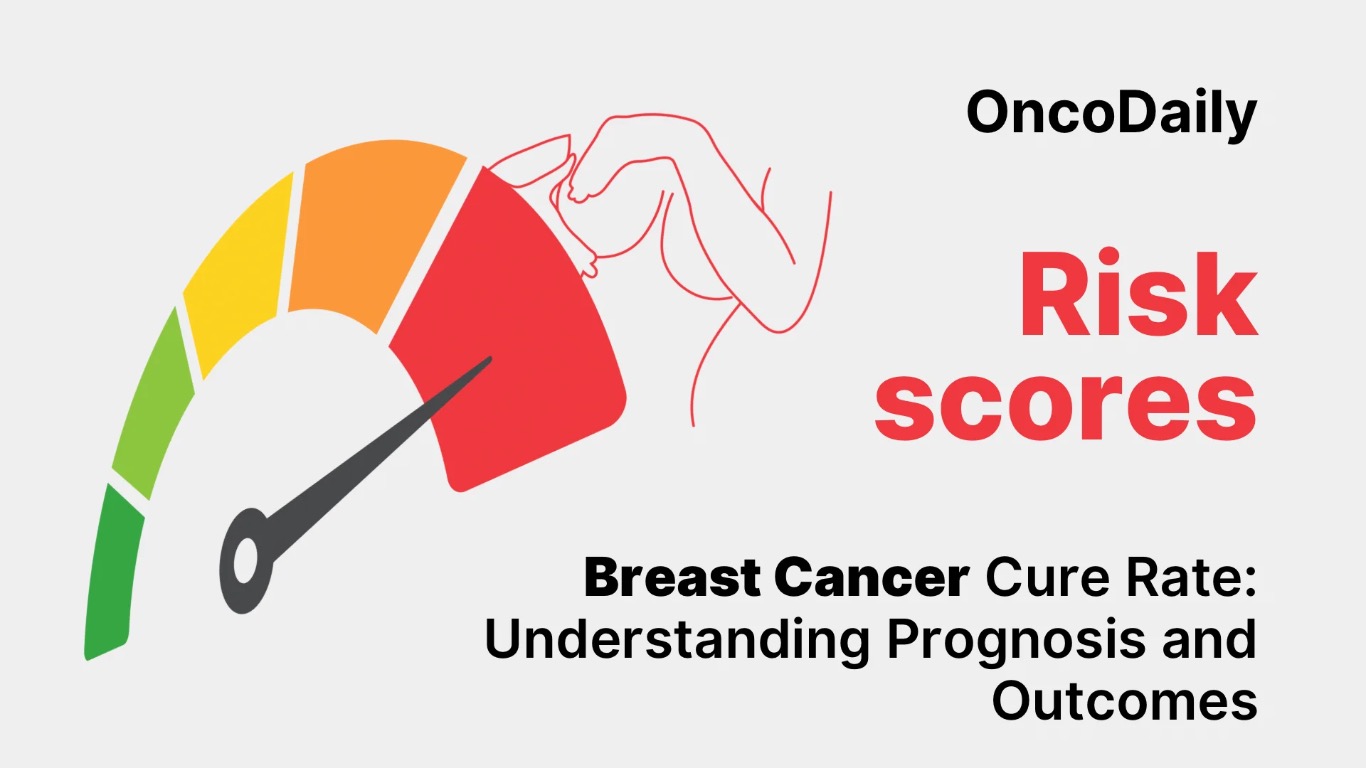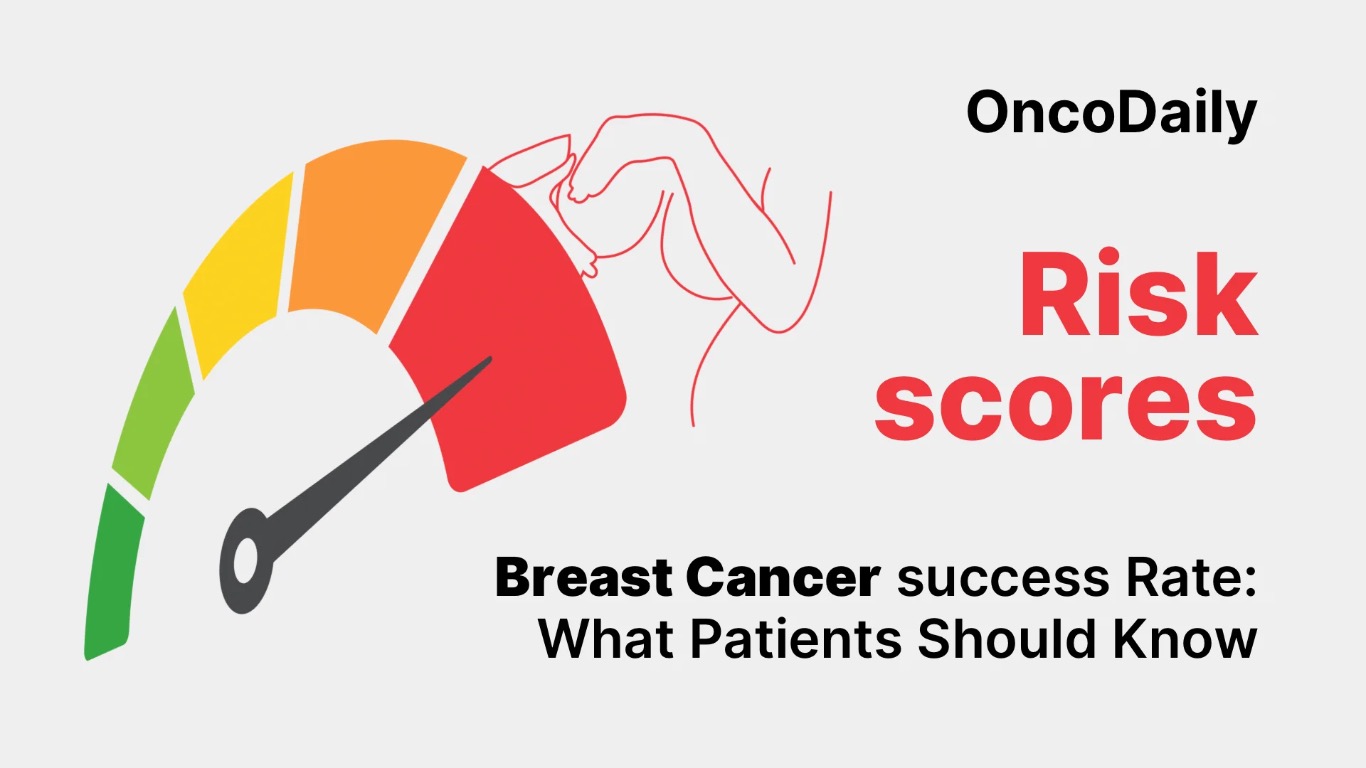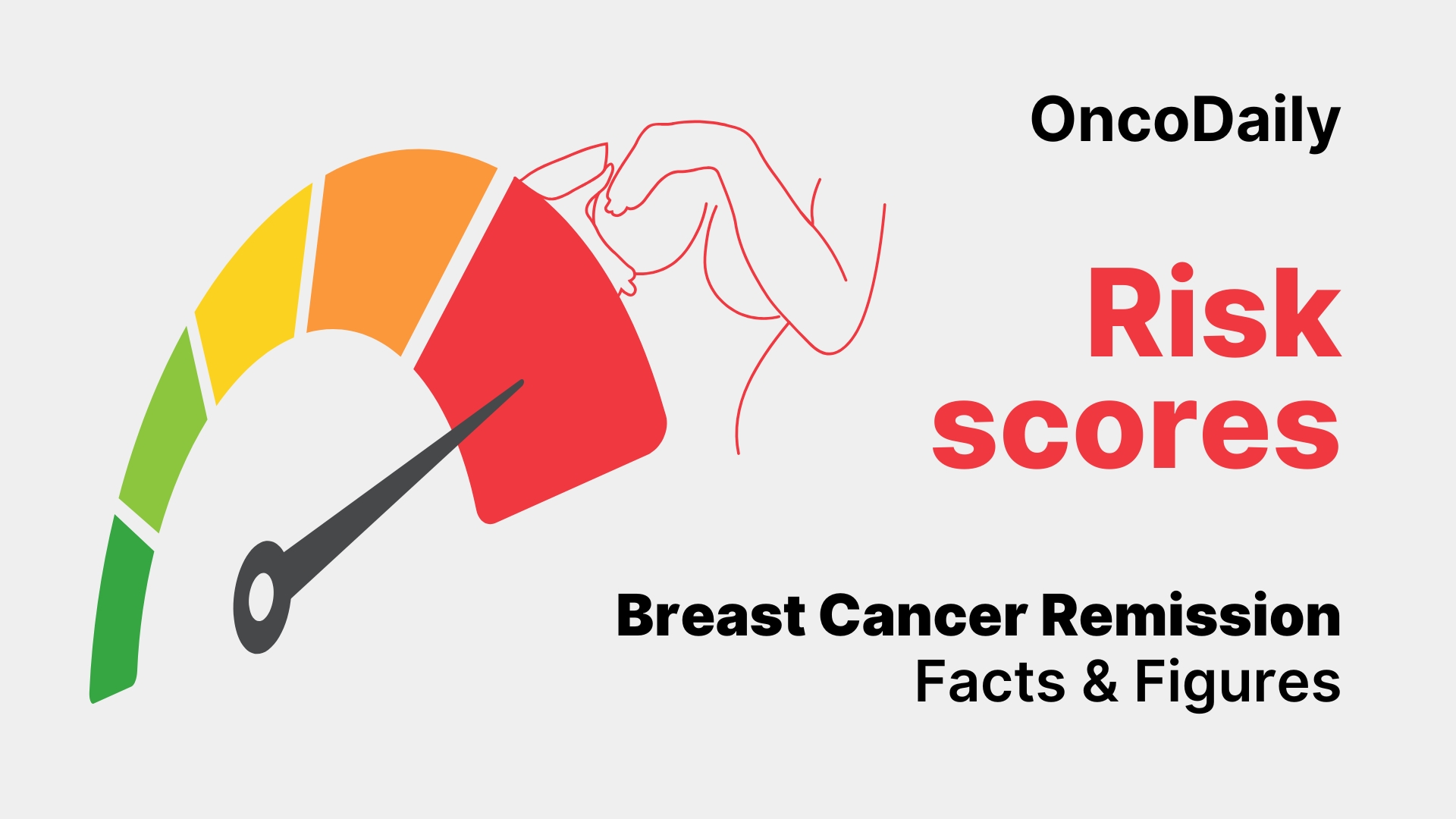Breast cancer is one of the most common cancers in the world, but also one of the most treatable—especially when detected early. Thanks to major advances in surgery, chemotherapy, hormone therapy, targeted therapy, and immunotherapy, more patients are achieving remission and living longer, healthier lives. Understanding the breast cancer remission rate across different stages and subtypes can help patients and caregivers make informed decisions. This article explores what remission means in breast cancer, how remission rates vary by stage and subtype, and what factors influence long-term survival.

Read About Breast Cancer on OncoDaily
What Does Remission Mean in Breast Cancer?
In breast cancer care, remission refers to the absence or significant reduction of cancer signs and symptoms. A patient is said to be in partial remission when the tumor shrinks but does not completely disappear, and in complete remission when all detectable signs of cancer are gone. It’s important to understand that remission is not synonymous with cure. Even after complete remission, microscopic cancer cells may persist, which is why long-term follow-up and ongoing treatment (such as hormone therapy) are often necessary.
According to the American Cancer Society, the longer a patient remains in remission—especially beyond five years—the lower the chance of recurrence, particularly in early-stage, hormone receptor-positive disease (American Cancer Society, 2024).
Stage-Based Remission Outcomes
The likelihood of remission is closely tied to the stage at which breast cancer is diagnosed. In Stage 0 breast cancer, such as ductal carcinoma in situ (DCIS), nearly all patients achieve complete remission with surgery and radiation, and the prognosis is excellent. For Stage I and II breast cancers, five-year survival rates exceed 90%, and remission is the expected outcome following standard treatment protocols including surgery, radiation, and possibly systemic therapy (Howlader et al., 2020, SEER Data).
Stage III, which involves more extensive lymph node involvement or locally advanced tumors, still offers a strong chance of remission. Many patients undergo neoadjuvant chemotherapy to shrink the tumor before surgery, and some achieve what’s known as pathologic complete response (pCR), which is associated with improved long-term outcomes. Data from the I-SPY and NeoALTTO trials have shown that patients with HER2-positive or triple-negative subtypes are more likely to reach pCR after preoperative therapy (Cortazar et al., The Lancet, 2014).
Stage IV, or metastatic breast cancer, is not considered curable, but remission is still possible in the form of disease control or radiographic disappearance of lesions. With newer therapies, including HER2-targeted drugs, CDK4/6 inhibitors, and immune checkpoint inhibitors, many patients live for years with minimal or no evidence of disease progression. For example, recent studies have shown that about 30% of patients with metastatic HER2-positive disease remain progression-free beyond five years with the use of trastuzumab and pertuzumab-based regimens (Swain et al., NEJM, 2020).

Read About Breast Cancer Cure Rate on OncoDaily
Impact of Breast Cancer Subtype on Remission
The biological subtype of breast cancer plays a significant role in determining remission rates. Hormone receptor-positive, HER2-negative breast cancer is the most common form and often has a slower progression. Endocrine therapy, such as tamoxifen or aromatase inhibitors, helps maintain remission over the long term. However, these patients are at risk for late recurrence, sometimes 10 or more years after initial treatment (Pan et al., JNCI, 2017).
HER2-positive breast cancer, once known for its aggressive nature, now has highly effective targeted treatments that lead to high remission and survival rates. Trials like CLEOPATRA and APHINITY have demonstrated major improvements in disease-free survival and long-term remission when HER2-targeted agents are added to chemotherapy (Swain et al., 2015; von Minckwitz et al., 2019).
Triple-negative breast cancer (TNBC) remains the most difficult subtype to treat, with higher rates of early recurrence. However, the addition of immune checkpoint inhibitors such as atezolizumab and pembrolizumab has improved remission rates, particularly in PD-L1 positive disease. The KEYNOTE-522 trial showed that neoadjuvant chemotherapy combined with pembrolizumab led to significantly higher pCR rates in early-stage TNBC compared to chemotherapy alone (Schmid et al., NEJM, 2020).
Treatment and Remission Maintenance
Achieving remission often involves a multimodal approach. For early-stage breast cancer, this typically includes surgery to remove the tumor, radiation to target residual microscopic disease, and systemic therapies like chemotherapy or hormonal therapy depending on tumor characteristics. In HER2-positive cases, trastuzumab and related agents are administered for up to a year post-surgery. Patients with hormone-sensitive tumors may continue endocrine therapy for five to ten years.
Ongoing surveillance is also critical. Most patients undergo regular follow-up visits, clinical breast exams, and annual mammograms to detect any signs of recurrence. Imaging studies and blood tests are used selectively based on symptoms or findings.
Lifestyle choices also play a role in reducing recurrence and supporting remission. Maintaining a healthy weight, engaging in regular physical activity, and limiting alcohol consumption have all been associated with improved outcomes in breast cancer survivors (Ligibel et al., CA Cancer J Clin, 2022).

Read About Breast Cancer Success Rate on OncoDaily
Living in Remission
For patients who achieve remission, especially after early-stage disease, the outlook is excellent. The five-year relative survival rate for localized breast cancer is approximately 99%, and the ten-year survival rate remains above 85% for many subtypes (American Cancer Society, 2024). Even for patients with advanced or metastatic disease, remission—or at least long-term disease control—is increasingly common.
Some patients are able to discontinue active treatment and enter a surveillance-only phase, particularly after completing adjuvant therapy. Others, particularly those with metastatic disease, may continue maintenance therapy or periodic monitoring to sustain remission as long as possible.
Conclusion
Remission is no longer a distant hope for breast cancer patients—it is a common, attainable outcome thanks to early detection and advances in treatment. Whether achieved through surgery and hormone therapy in early-stage disease, or via targeted and immune therapies in advanced cases, remission offers a meaningful milestone in a patient’s cancer journey. Continued research, personalized treatment, and supportive care are helping more patients live in remission for years—and, in many cases, for the rest of their lives.
You Can Watch More on OncoDaily Youtube TV
Written by Armen Gevorgyan, MD


